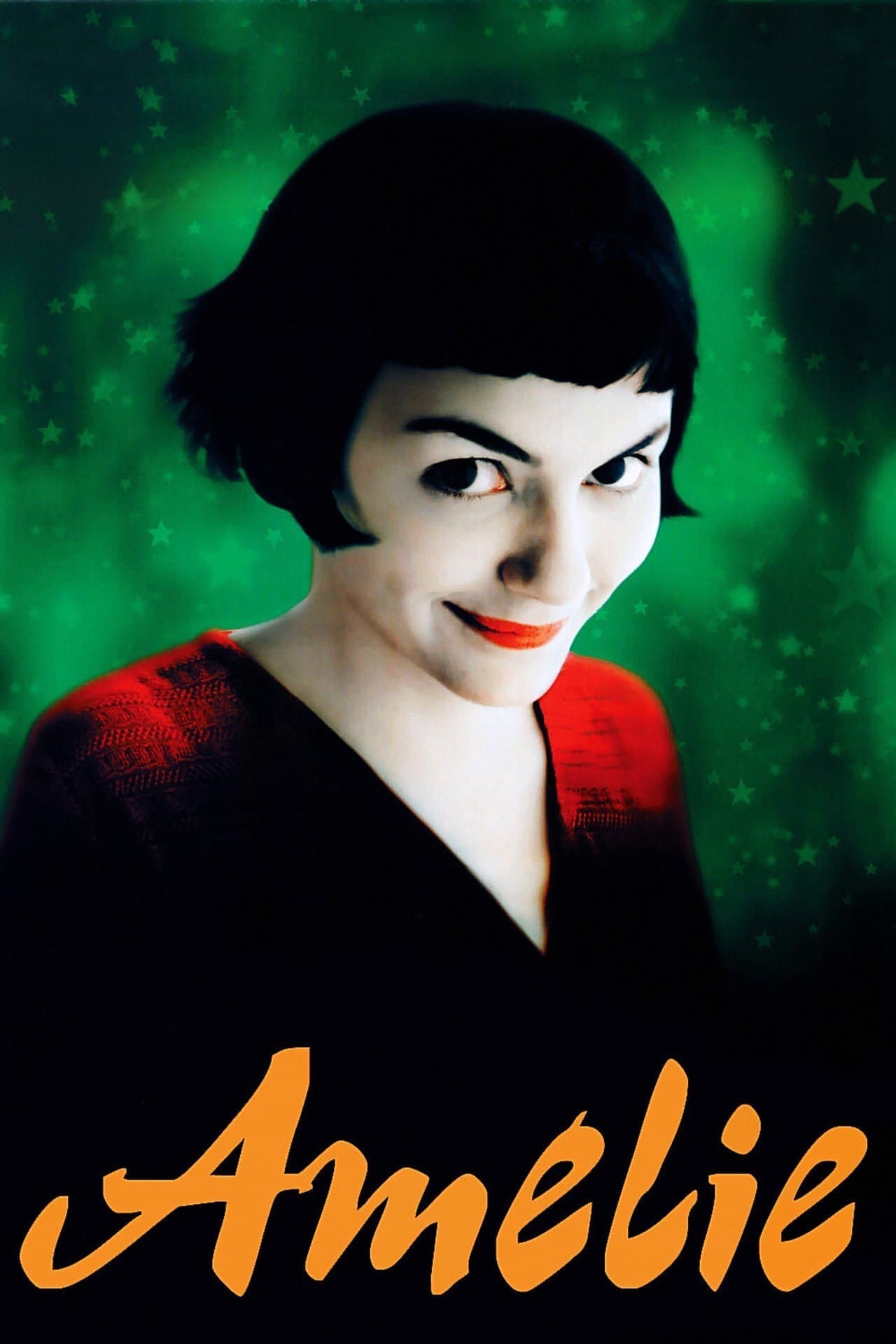
Amélie
2001
Rate this movie
Average: 0.00 / 5
(0 votes)
Director
A small cinematic gem: the poetics of small things becomes the vital aura of Amélie Poulain, a character balancing between fairy tale and reality. An enigmatic yet deeply empathetic figure, whose existence seems a constant invitation to decipher the secret code of everyday life. Hers is a self-imposed solitude, not melancholic, but rather a fertile ground for acute observation and reflection, which allows her to perceive the invisible layers that compose the fabric of other people's lives.
A film that ignites the desire to rediscover old things we have in the attic and makes us understand the inherent beauty in all things that surround us, especially the most insignificant. It is not mere superficial optimism, but a true philosophy: an invitation to the epiphanic, to the discovery of the sublime in the minimal. Every object, every fleeting interaction, is imbued with an almost sacred meaning, a reification of emotions and memories that most of us ignore or discard, but which Amélie collects and catalogs with the devotion of an archaeologist of the soul.
The story told is that of Amélie, a solitary girl who meets the love of her life and pursues him through time, objects, the secret history of the world hidden in details no one notices. Her search for Nino Quincampoix is not a mere man-hunt, but a true ontological investigation, an existential puzzle in which every fragment of life, every unknown face in photo booths, contributes to painting a larger portrait of the human condition. It is a love story that rejects linearity, preferring a labyrinth of clues, a game of hide-and-seek of the soul that elevates courtship to the rank of art.
Amélie has her own delightful sense of justice that leads her to try and rebalance the injustices she encounters daily with a substantial dose of Karma. Hers is not a vengeful vigilantism, but rather a form of playful catharsis, a restoration of cosmic balance through targeted and surreal interventions. Her mission is that of a small, benevolent deus ex machina, who weaves invisible threads to mend tears and right wrongs, a modern urban sprite acting in the shadows.
And so she exacts revenge on a rude grocer who mistreats his employee by entering his house and scattering bizarre traps throughout the dwelling: glue in his slippers, an exploding light bulb, inverted door handles. Every detail of these "missions" is chiseled with the precision of a watchmaker, revealing a mind that finds pleasure in meticulous planning and the sweetness of mischief.
Or she spreads the poems of a disillusioned and failed poet, a regular patron of the bar where she works, throughout the neighborhood, transforming an act of desperation into a hymn to hidden beauty, restoring voice to those who had lost it and dignity to unrecognised art. Her gesture is a whisper, not a scream, but it has the resonance of a symphony for those willing to listen.
Or finally, she makes the hypochondriac cashier of the bar fall in love with a jealous customer who is there to check on the movements of an ex-partner. These interventions, so specific and personal, reveal a deep understanding of human psychology, a sensibility that allows her to see beyond masks and to connect souls otherwise destined to remain in isolation.
Ultimately, Amélie is the girl next door we would all wish to have as a neighbor: intelligent, ironic, sensitive, creative, and ethereal like a ray of sunshine. She is the archetype of the everyday heroine, one who does not fight dragons but mends hearts, a figure who reminds us of the enormous power of small kindnesses and pure, disinterested magic.
Beyond the figure of Amélie, another key to understanding the film is, as already mentioned, the poetics of minimalism fused with a formal elegance of the work. This approach translates into a narrative that does not need grand events to enchant, but focuses on micro-reality, elevating every tic, every habit, every minimal sensory detail (the sound of crème brûlée breaking under the spoon, the sensation of putting one's hands into a sack of legumes) to moments of pure cinematic delight. It is cinema that breathes and lives through the senses, inviting the viewer to an almost synesthetic participation.
An elegance that translates into an almost maniacal attention to the cinematographic format (just think of the enchanting realization of the opening credits, created through a parade of objects and memories). The famous prologue, with its procession of births and coincidences, is a visual and narrative manifesto of the film itself: every element, even the most negligible, has its place in a finely calibrated universe. The chromatic palette, dominated by emerald greens, carmine reds, and sepia tones, creates a hyperreal and fairytale atmosphere, transforming Montmartre into an enchanted and timeless stage, almost an animated metropolitan toy. Jeunet's camera moves with choreographic precision, enhancing every shot with almost pictorial compositions, sometimes reminiscent of the Impressionists' attention to detail, but with a contemporary vibrancy and irreverence.
An oblique vision of reality that moves and enthralls us. This vision is magnificently supported by Yann Tiersen's soundtrack, a sonic tapestry of accordions and piano that blends perfectly with the images, almost becoming a character in itself. The music not only accompanies but amplifies the tenderness, melancholy, and exuberance of the film, creating a euphony that makes every sequence unforgettable.
Jeunet is a director specialized in visionary cinema that amazes through a continuous reinvention of cinematic language. While in previous works such as Delicatessen and The City of Lost Children his genius manifested in gothic and grotesque dystopias, here we see him embrace a luminous, optimistic fantasy. Despite the change in tone, his signature is unmistakable: a love for complex mechanisms, eccentric but unforgettable characters, the ability to blend the real with the fantastic through discreet but effective special effects (Amélie's heart beating outside her chest, water transforming into beads).
His aesthetic hallmark consists of a refined taste for a boundless iconography of objects, memories, and people that imprints itself on the viewer's memory, becoming a universal taxonomy for approaching his works. "The Fabulous World of Amélie" is not just a film; it is a sensory and intellectual experience, a palimpsest of minimal gestures and profound meanings that invites us to rediscover the magic hidden in the folds of everyday life. It is a hymn to the joy of living, to human connection, and to the ability to find poetry even where it seems absent, a work that, more than twenty years after its release, continues to radiate its ethereal, ineffable light.
Gallery


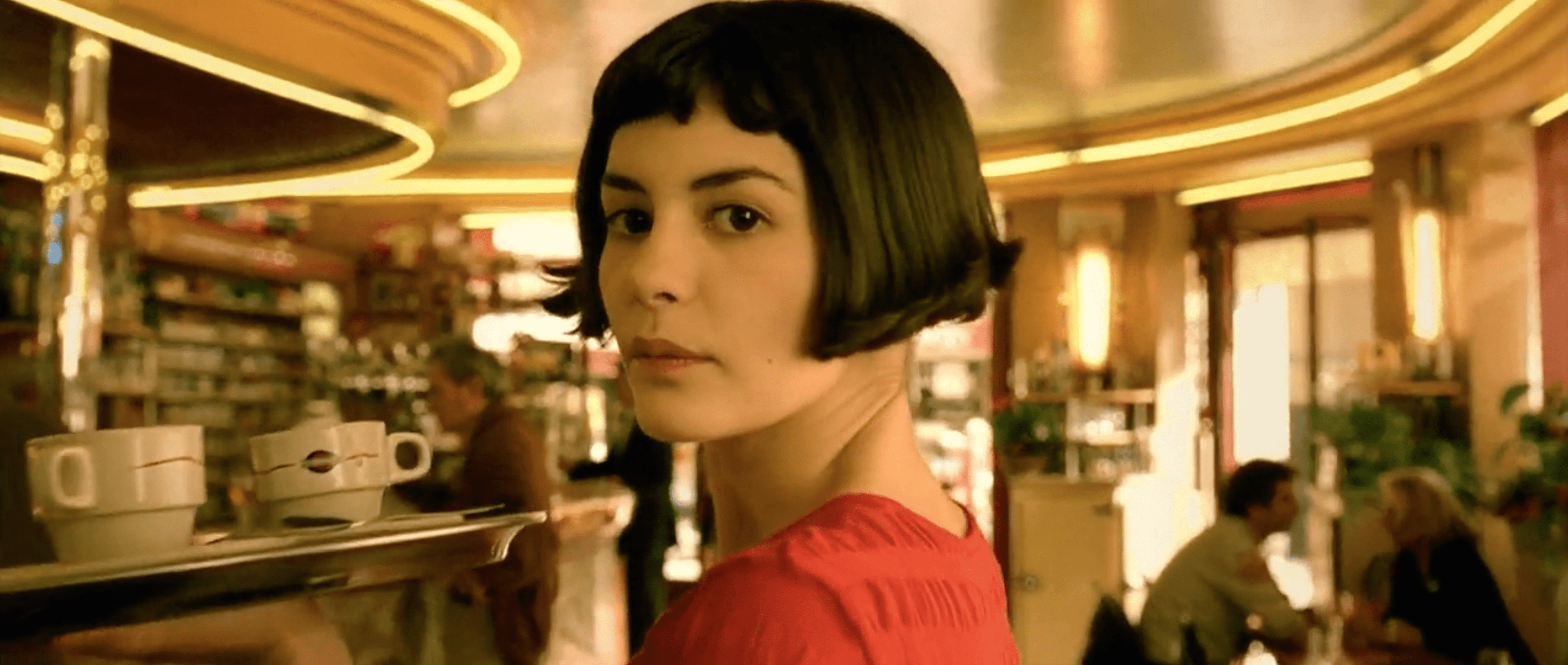


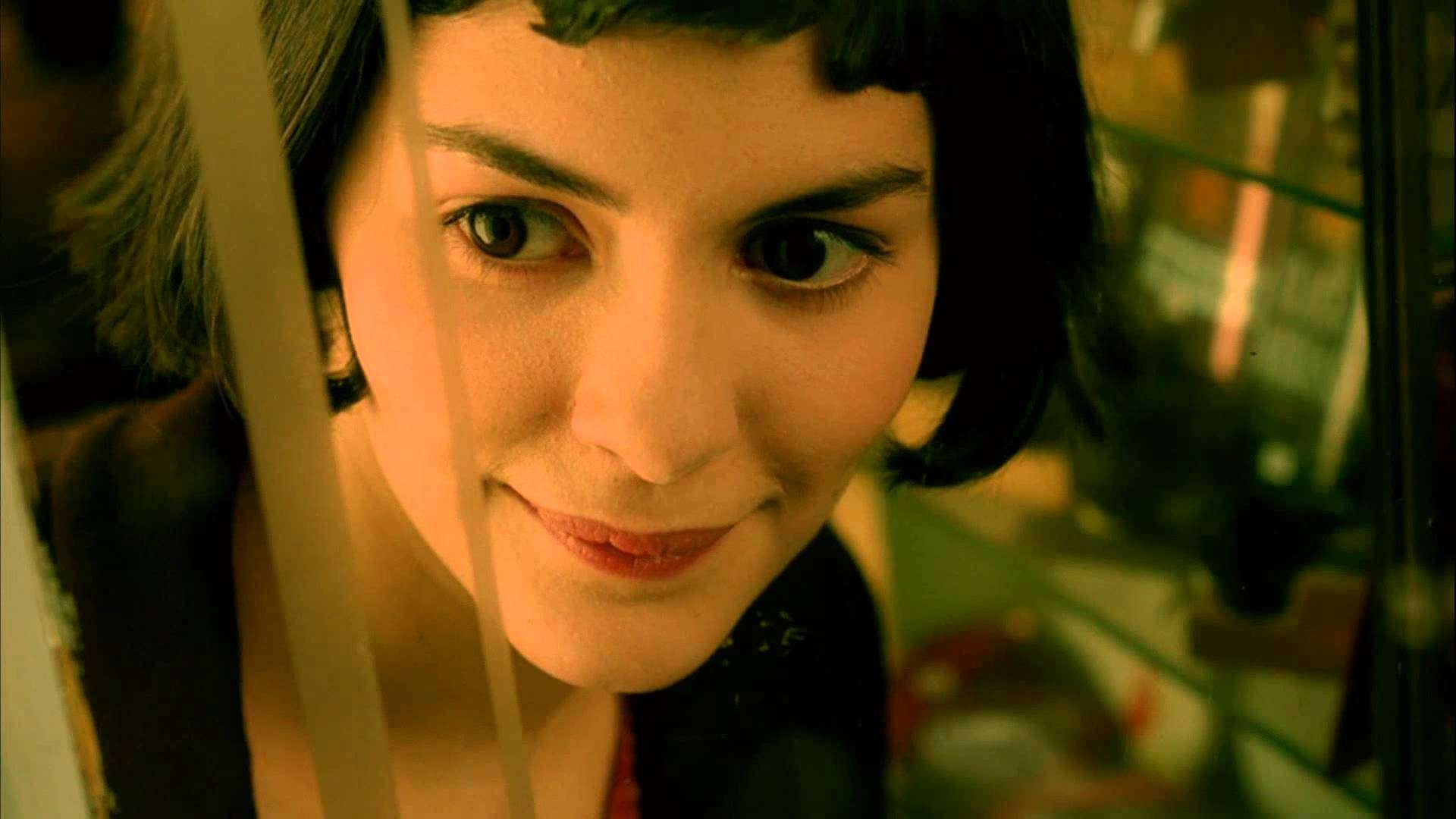
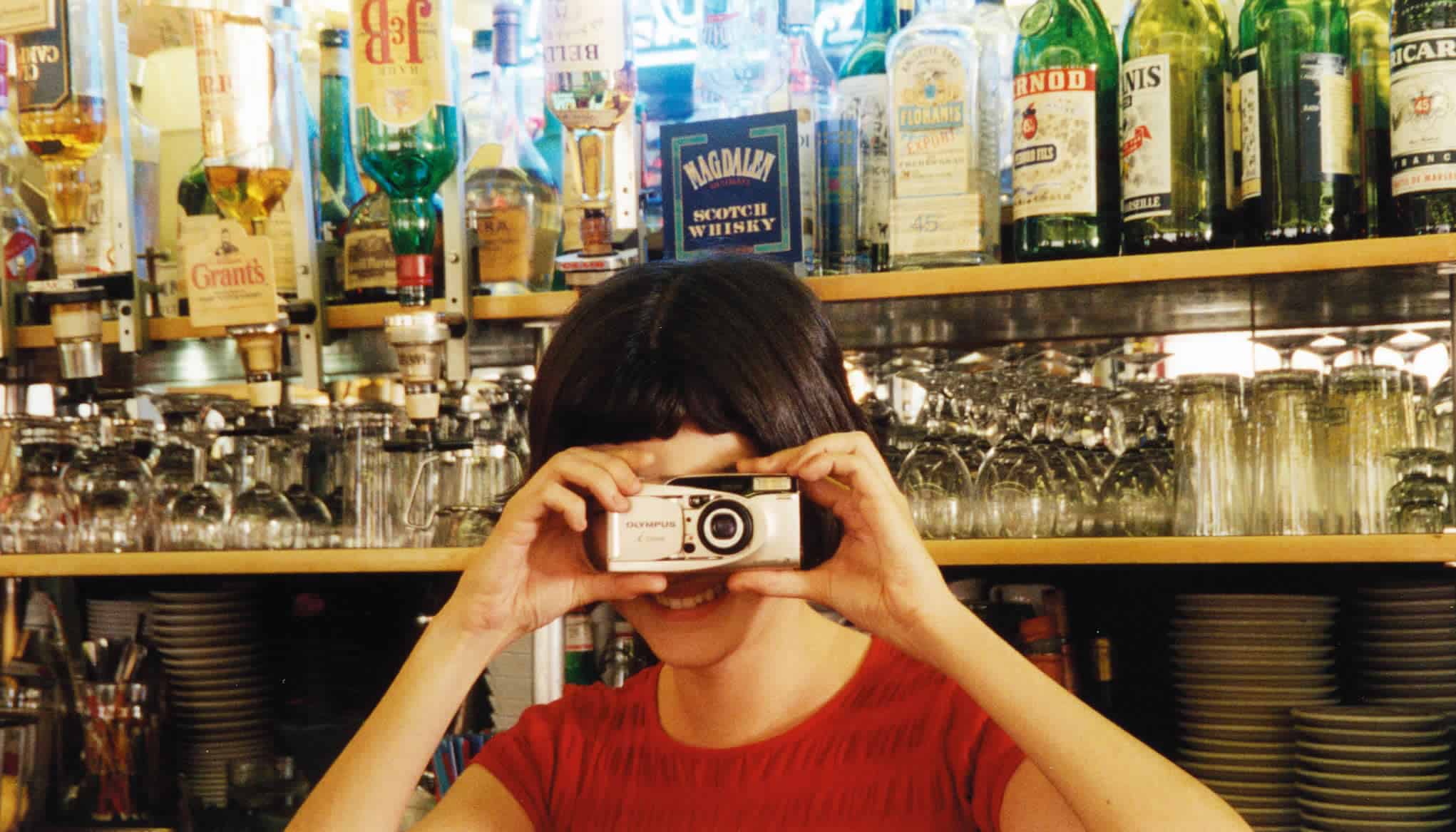



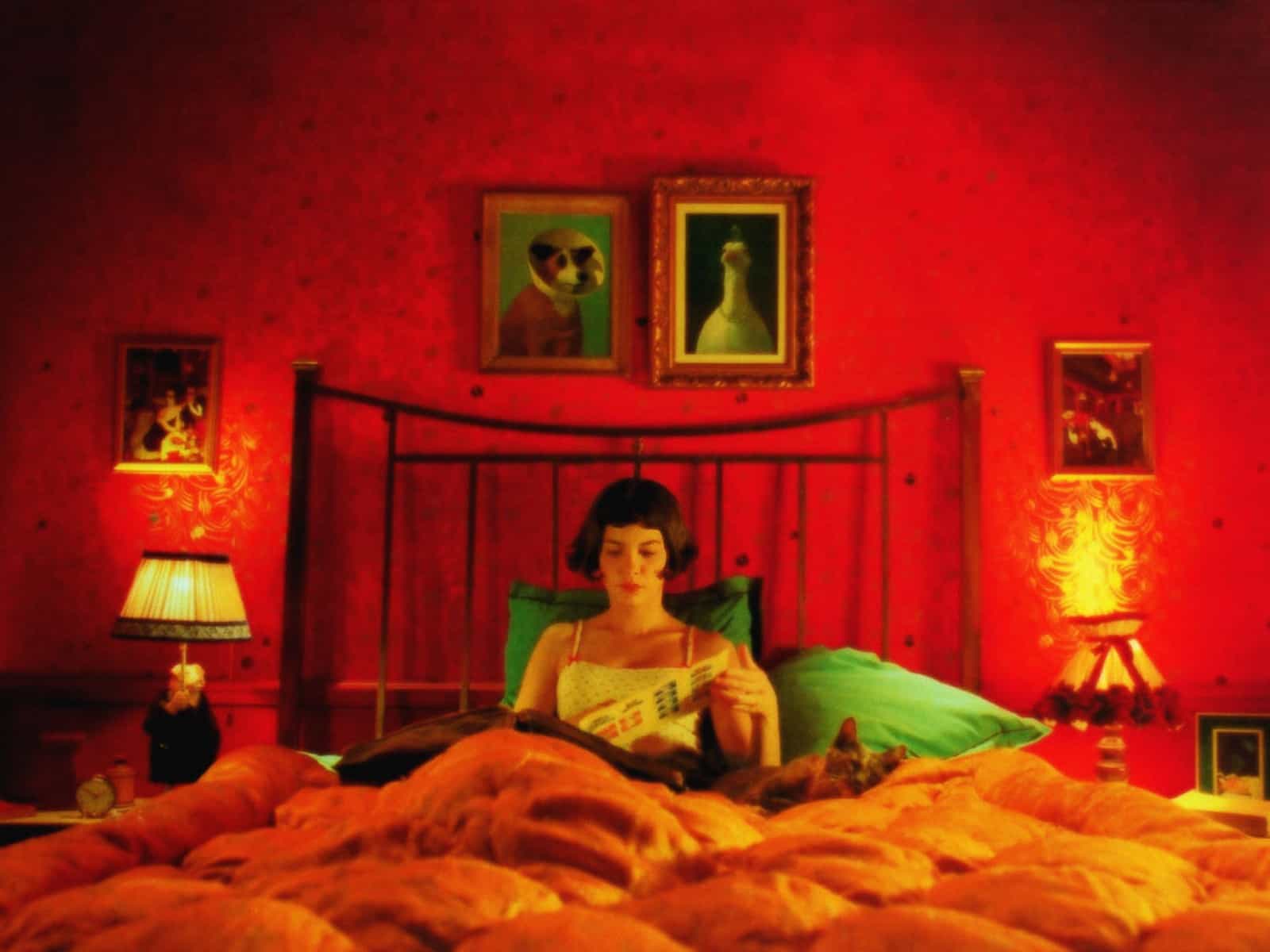
Featured Videos
Official Trailer
Comments
Loading comments...